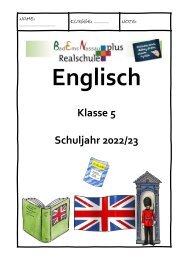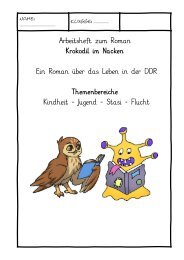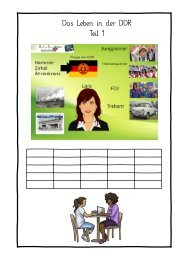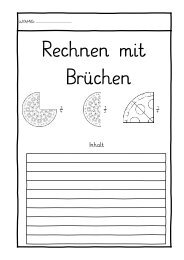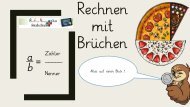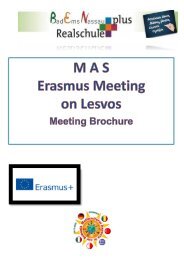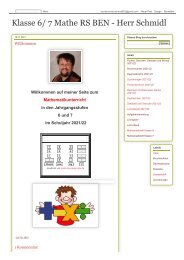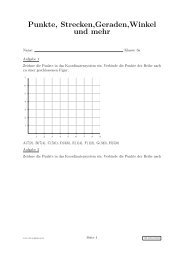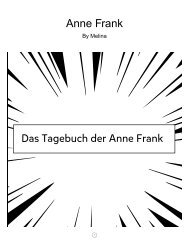pdf-zusammengefasst
Create successful ePaper yourself
Turn your PDF publications into a flip-book with our unique Google optimized e-Paper software.
In 1870, the town, then part of Prussian Hesse-Nassau, became known as the place<br />
where the Ems Dispatch originated, instigating the Franco-Prussian War.<br />
In 1876, in the Haus Vier Türme (Four Tower House), the Ems Edict was signed by<br />
Alexander II of Russia, banning the use of the Ukrainian language. Today, a<br />
monument at the spot commemorates this historical event.<br />
Mining<br />
In the 19th and 20th centuries a lot of mining for metal ores took place in the town,<br />
concentrated on lead, silver, zinc and copper. The Romans had already dug for ores<br />
using open cast mining, which continued throughout the Middle Ages. The many<br />
indentations on Blöskopf Hill bear witness to this period of history. As time went<br />
by, the method changed from open cast mining to underground mining with tunnels<br />
and shafts. Mining of this kind is first mentioned in a document dated 1158, and it<br />
continued on into the 18th century, although with long interruptions.<br />
The advent of the Industrial Revolution led to the expansion of the mine, which<br />
from 1871 operated under the name of Emser Blei- und Silberwerk AG (Bad Ems<br />
Lead and Silver Works, Inc.). In 1909 the company was taken over by what later<br />
became the Stolberger Zink AG (Stolberg Zinc Inc.) and mining continued until the<br />
end of the Second World War brought things to a halt in 1945. After the war, the<br />
mine no longer received any subsidies, but until 1959, stockpiled ore and ore from<br />
other mines were sorted at the central preparation plant in Silberau.<br />
Today, the mine is still known as "Mercur", the collective name for various<br />
individual pits. Since 1996, the mine has been set up as a museum.<br />
Economy<br />
Industry in Bad Ems is mainly limited to companies related to its spa status, but<br />
nonetheless fairly varied, including medicine, electrical engineering and tourism.<br />
Mineral springs<br />
Natural Ems salt is produced from local mineral water. The spring's mineral water,<br />
noted for its very high mineral content, is also marketed separately for drinking and<br />
inhalation purposes; when inhaled using a vaporizer, the water has a beneficial<br />
effect on sore throats. [3]<br />
Coordinates: 50°20′17″N 7°42′38″E<br />
Country<br />
State<br />
District<br />
Municipal<br />
assoc.<br />
Government<br />
• Mayor<br />
Germany<br />
Rhineland-<br />
Palatinate<br />
Rhein-Lahn-Kreis<br />
Bad Ems<br />
Bernard Abt (SPD)<br />
Area<br />
• Total 15.36 km 2<br />
Elevation<br />
(5.93 sq mi)<br />
80 m (260 ft)<br />
Population (2015-12-31) [1]<br />
• Total 9,229<br />
• Density 600/km 2<br />
Time zone<br />
(1,600/sq mi)<br />
CET/CEST<br />
(UTC+1/+2)<br />
Postal codes 56130<br />
Dialling codes 02603<br />
Vehicle<br />
EMS<br />
registration<br />
Website<br />
www.bad-ems.de<br />
Infrastructure<br />
Transport<br />
The town is linked to a view point at the Bismarckturm (Bismarck tower) by the<br />
Kurwaldbahn funicular railway. Bad Ems station lies on the Lahn Valley Railway.<br />
Governance<br />
Bad Ems from the Concordia heights<br />
Mayor<br />
The mayor of Bad Ems is Bernard Abt (SPD).




